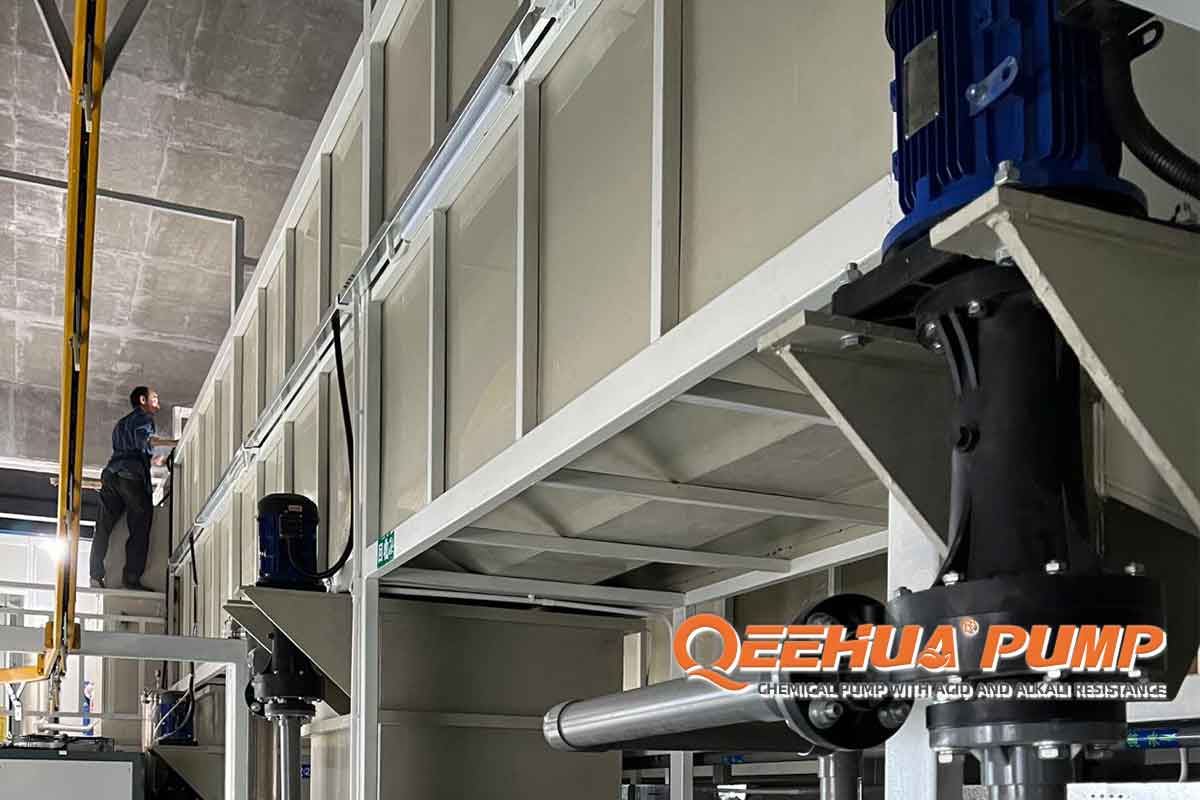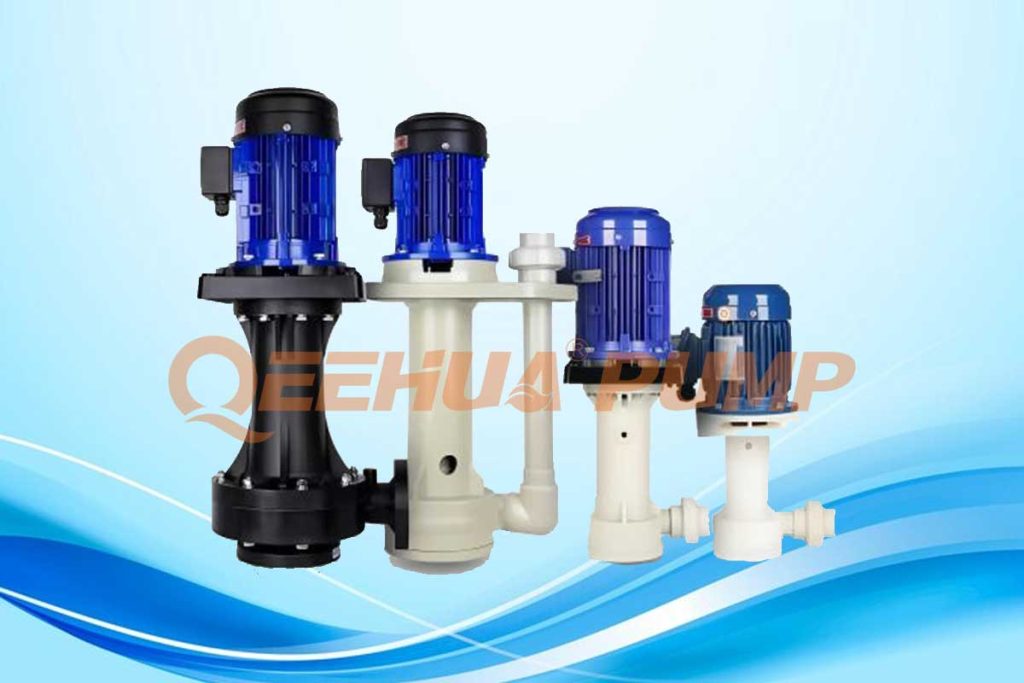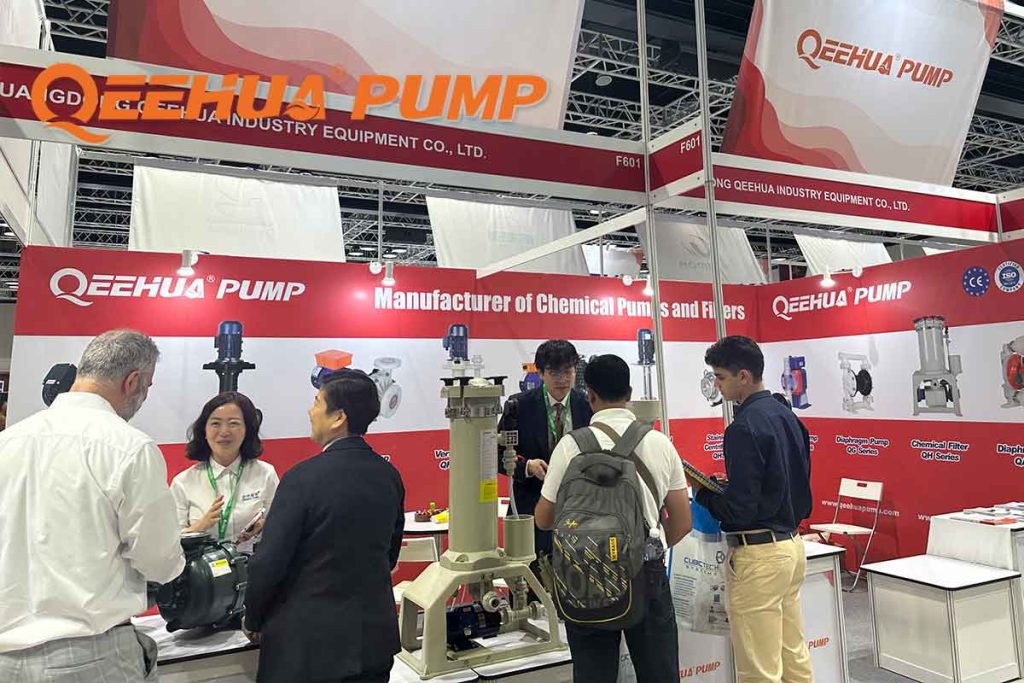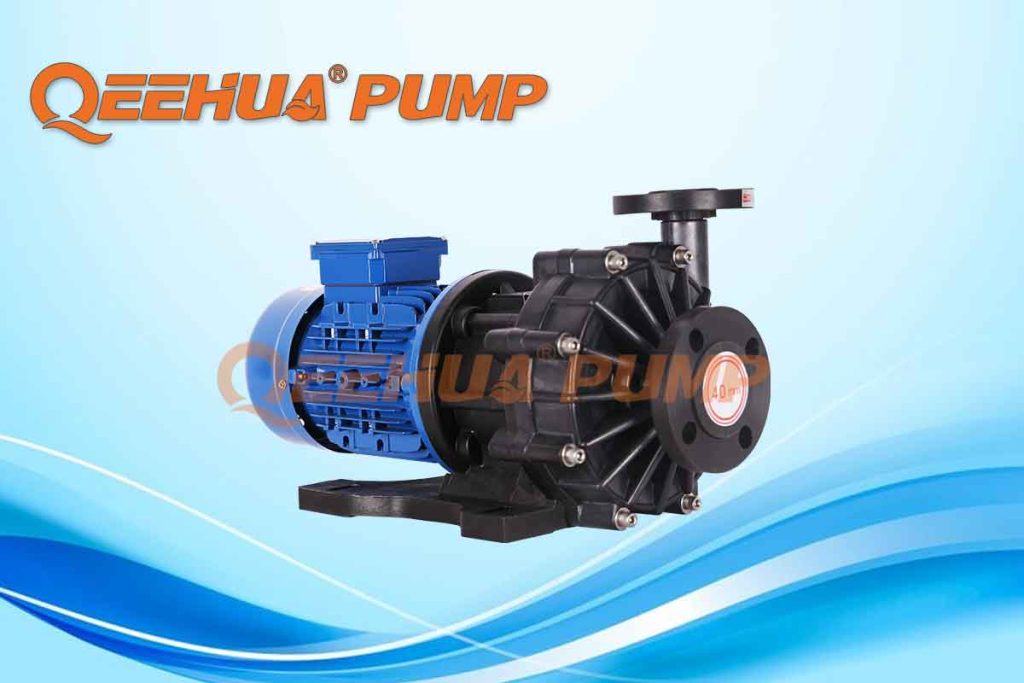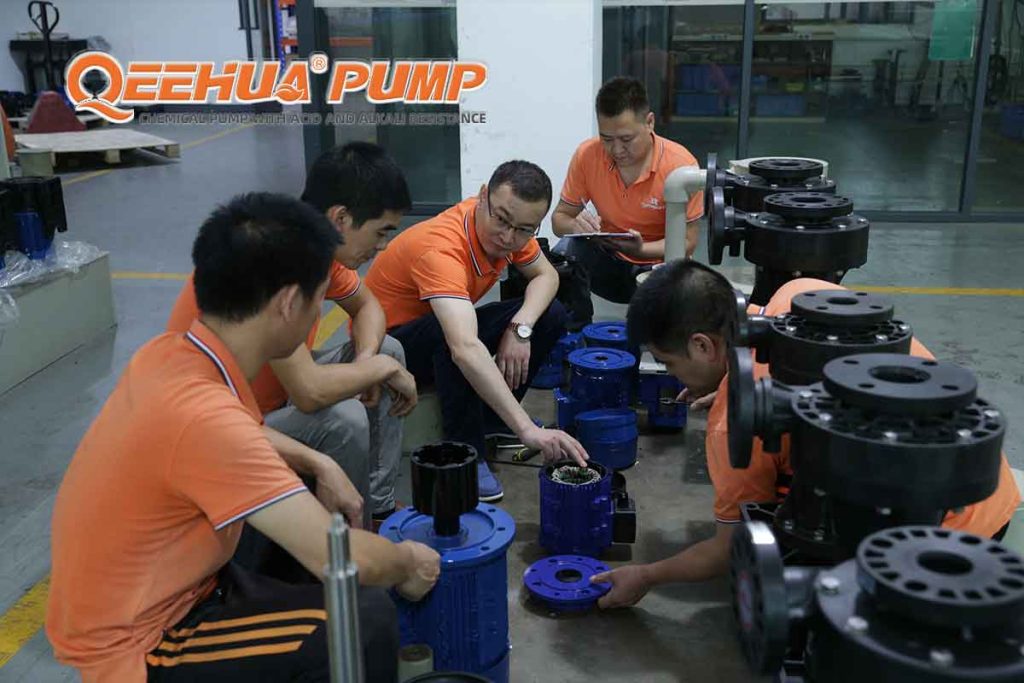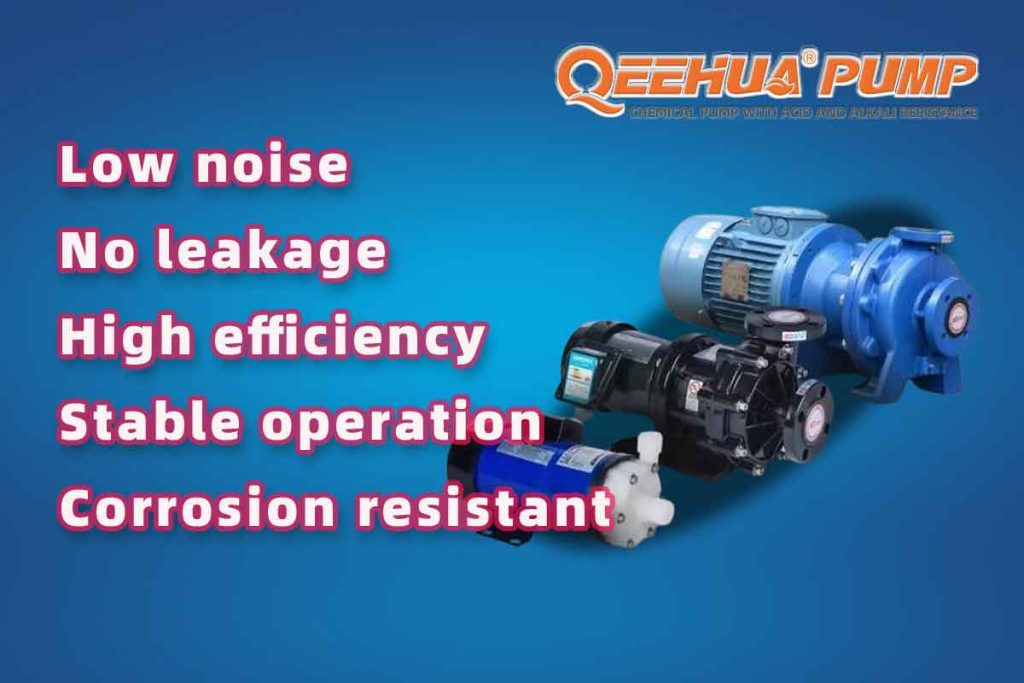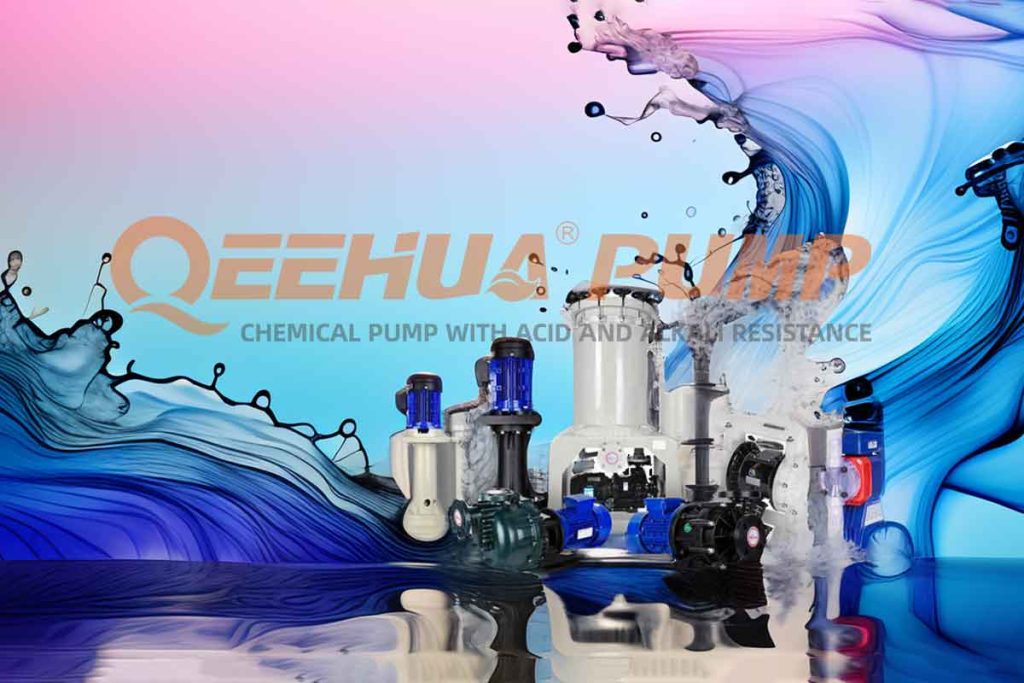Electrophoretic coating is a method that uses an electric field to drive particles suspended in an electrophoretic solution to deposit on the substrate’s surface. It primarily employs water-based coatings, making it environmentally friendly and safe. Its unique advantages are evident in aspects such as coating quality, uniformity, smoothness, and corrosion resistance, surpassing traditional coating processes.
Before we delve into the captivating world of electrophoretic coating colors, let’s first emphasize the fundamental merits of this coating method. Electrophoretic paint itself has a longer lifespan, along with resistance to chipping and fading. Whether you choose cathodic electrophoresis or anodic electrophoresis, the product can maintain a fresh appearance in the years to come.
The Beauty of Electrophoretic Paint Colors
Beyond the longevity of the coating, it’s the colors of electrophoretic paint that truly make it shine. Electrophoretic paint offers nearly limitless color choices. Any pigment can be suspended in the resin bath of electrophoretic paint and adhere to your product. The most popular electrophoretic colors include transparent, black, and bronze. The best part is, regardless of the color you choose, your product will look stunning. Electrophoretic paint reaches every nook and cranny, ensuring that every component, no matter how hard to reach, is perfectly coated in your chosen color, guaranteeing an exquisite and vibrant overall appearance.
The Significance of Electrophoretic Coating
The role of electrophoretic paint is to provide corrosion protection for metal components while imparting a certain degree of aesthetic appeal. The durability and visual attractiveness of electrophoretic paint not only enhance the appearance of your products but also extend their lifespan, enabling them to compete with the best in the market.
The Role of Chemical Pumps in Electrophoretic Coating
For the electrophoretic process, complex tasks such as pre-cleaning, degreasing, cleaning, phosphating, neutralization, and other operations involving acidic and alkaline solutions require the use of corrosion-resistant pumps. QEEHUA PUMP, as a professional chemical pump manufacturer, plays a crucial role in the chemical pump industry. Their product range includes magnetic drive pumps, vertical pumps, metering pumps, pneumatic diaphragm pumps, and various other types, providing essential pump equipment support for coating production lines.
QEEHUA PUMP Electrophoretic Coating Pumps
QEEHUA PUMP specializes in manufacturing a range of products specifically designed for efficient electrophoretic operations. Their products cater to various requirements, ensuring the smooth and reliable application of electrophoretic coating in your production processes.
Magnetic Pumps for Electrophoretic Coating
QEEHUA PUMP’s magnetic pumps are highly suitable for tasks involving the transport and circulation of corrosive media, including acid unloading, acid cleaning, chemical metering, and etching processes. When selecting these pumps, special attention must be given to the characteristics of the chemicals involved, including their properties, temperature, and specific gravity.
Electrophoretic Coating Process
The electrophoretic coating process consists of four fundamental stages: pre-treatment, electrophoresis, post-rinse, and drying. The detailed process is as shown in the table below. To prepare the metal for coating, it must first undergo thorough cleaning to remove any oil residues and rust. This is followed by processes such as phosphating and rinsing with pure water as part of the pre-treatment. The metal then enters the electrophoretic immersion tank, where a direct current of specific voltage and duration is applied between the metal and the opposite electrode. Electrophoretic paint is attracted to the metal and deposits on its surface due to the electrical charge. After removal from the tank, the metal is rinsed with water, drained, and subsequently dried and cured at a specified temperature and duration.
| Process | Instruction | ||
| Pretreatment | preprocessing | Remove surface oil, grease, and rust from workpieces; typically done using high-temperature alkaline degreasing, acid cleaning, or mechanical rust removal. | |
| Degreasing | Clean the metal surface by removing oils and greases. | ||
| Water Rinse | Rinse the workpieces after degreasing. | ||
| Surface Adjustment | Vitrified surface treatment | Generation of a conversion or non-conversion film on cleaned metal surfaces | |
| Phosphating | Silane Surface Treatment | ||
| Water Rinse | |||
| Deionized Water Rinse | |||
| Electrophoresis | Electrophoresis | Over 80% deionized water with 15%-20% electrophoretic coating is continuously stirred. Colored slurry and resin deposit on the workpiece’s surface. | |
| Post-Water Rinse | Ultrafiltration Water Rinse | Cleaning and recycling the workpiece’s surface-adhered coating, returning it to the electrophoretic bath for reuse. | |
| Deionized Water Rinse | Further cleaning of floating paint on the surface of the workpiece | ||
| Drying | Drying | Curing the paint film on the workpiece’s surface at a high temperature. The substrate temperature needs to be above 160°C, with a hold time of at least 20 minutes to ensure complete curing of the coating. | |
The processes of degreasing, rust removal, rinsing, and phosphating involve acidic and alkaline solutions, necessitating the use of corrosion-resistant pumps.
Conclusion
Electrophoretic coating has indeed transformed how manufacturers perceive the painting process. Beyond durability, it has brought a vibrant world of colors to products. In this revolution, QEEHUA PUMP is a trusted partner, providing efficient and corrosion-resistant pumps to ensure the seamless operation of the electrophoretic coating process. As QEEHUA PUMP continues to expand its global footprint, its commitment to excellence, safety, and efficiency remains unwavering.


